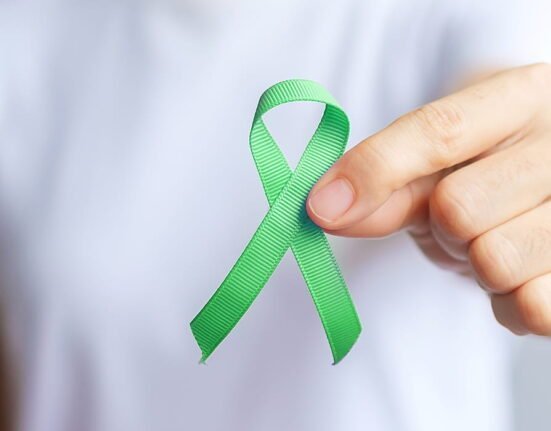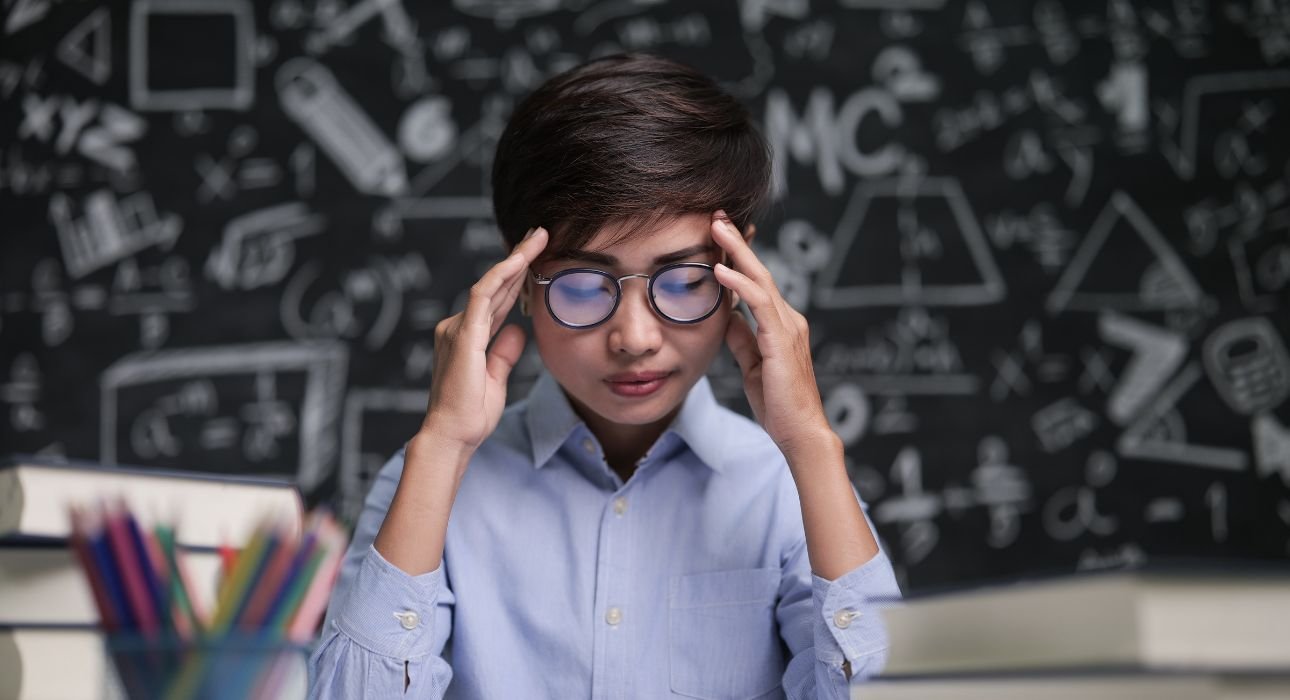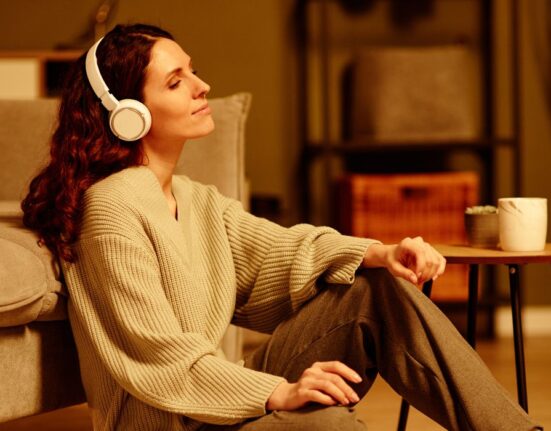It’s 7:30 AM at San Diego’s Lincoln High School, and Sarah Martinez is on her third school-based mental health crisis call of the day, well before first-period bells even ring. Her office is the only haven on campus for a student during a panic attack episode, to come when a family emergency drives them over the edge, and her phone is blowing up with messages from teachers about disturbing behaviour they’ve seen from a student in turmoil. Sarah’s position as the only counsellor for 480 students reflects a heartbreaking reality that schools across America are experiencing right this moment—one mental health professional to hundreds of developing minds.
The Alarming Student-to-Counsellor Ratios
Our K-12 education system is woefully under-equipped with mental health resources. As of the 2023-2024 school year, the student-to-counsellor ratio nationally sits at 376:1 – almost 50 per cent above the American School Counsellor Association’s recommended ratio of 250:1. Some other states are more than double the national average, with the ratio in Arizona climbing as high as 667:1.
This crisis of capacity comes at a time when the urgency of students’ mental health needs is at an all-time high. Almost 42% of high school students say they regularly feel sad or hopeless. The big question is what we do when yesterday’s tragedy was entirely, absolutely preventable. It’s if our equally still way too status quo approach could even come close to meeting it.
The New Reality of Counsellor Workloads in 2023
Today’s contemporary school counsellors have almost nothing in common with the college counsellors of yesteryear. Which brings us to the reality of what today’s practitioners are crisis interventionists, mental health advocates, family liaisons and academic planners all-in-one. From mental health issues such as anxiety and depression, to historical intergenerational family trauma, to conflicts within communities and social inequities, to suicidal ideation, they are on the frontlines of wellness, fighting the good fight. Nationally, 66% of middle school counsellors are emotionally exhausted and 77% experience high levels of depersonalization. In a study recently published in the International Journal of School Counselling, those numbers are alarmingly high.
A Day in the Life: Counsellors on the Frontline of Crisis
Maybe it would start with some kind of morning check-in with the kids who are anxious or just miserable in their home situations. Mid-morning slots are typically filled with individual counselling sessions, offering academic planning support, social emotional services, college and career readiness initiatives, and crisis intervention. Counsellors are often on the frontline, dealing with emergencies.
A student in the middle of a panic attack, an admission for self-harm, a family meltdown that requires the door to slam shut on it today. The truth is that the bulk of a counsellor’s day is spent doing non-counselling, administrative stuff that any human without a specialised mental health degree can accomplish. In one national study, researchers determined that counsellors today are made to spend 19% of their time on administrative tasks and 19% on clerical work.
These chip away at very real non-counselling responsibilities which include student scheduling, testing coordination, paperwork and daily monitoring or review in various capacities such as committee meetings. These actions are keeping them out of the office and away from ultimately more valuable direct student services.
The Ripple Effect of Managerial Burnout
The effects of counsellor overload reach far beyond ruining an individual’s career satisfaction. In another study, burnout was found to decrease both the time spent in direct counselling activities and the total time counsellors are able to spend delivering direct services to students. When counsellors suffer from chronic burnout and compassion fatigue, they don’t consistently deliver the quality of care required, nor are they likely to stay in the profession in the long run…and their effect on students can be powerful and quantifiable.
What we do know is that when schools are staffed with the ASCA’s advisable counsellor-to-pupil ratio of 250:1 or much less, they see considerably improved outcomes, together with larger high school graduation rates, elevated rates of enrollment in postsecondary training, and improved pupil achievement. The result of having counsellors stretched beyond their capacity is that students’ mental health needs go unaddressed, resulting in greater academic failure, behavioural issues and adverse long-term outcomes.
Smart and Artistic Solutions to Save Under-Resourced Infrastructure
The bright side is, some of the most forward-thinking districts have already implemented multi-tiered solutions for taking mental health support beyond the counsellor’s office. Of these, perhaps the most promising strategy involves matching older students with younger students who are struggling through especially difficult transitions or social challenges. It is these intentionally designed relationships-ongoing, purposeful and mutually beneficial-that provide the accountability and support to notice emerging challenges and address them before they erupt into full-blown crises.
Training Teachers in Mental Health First Aid
One part of this comprehensive school mental health system is Teacher training in Mental Health First Aid. Yet most educators are ill-equipped to identify early warning signs of these mental health challenges, or offer at least a basic level of support, and connect students to specialised care as needed, which is what this Training of Trainers equips them to do. Programs that have implemented this model have seen teachers feel increasingly confident when it comes to addressing student mental health issues, while they report feeling more prepared to link their students to the community mental health resources they may need.
Transforming Tech into the Force Multiplier: It’s Meant to Be
Artificial intelligence and digital marketplaces have recently started proving their potential to help alleviate increasing capacity pressures. AI-powered chatbots, such as Sonny, created by Sonar Mental Health, can ensure round-the-clock availability for students in crisis seeking immediate assistance, whilst retaining that human touch through training chatbot professionals.
These systems can do wonderful things, conducting first-level screenings, presenting users with introductory wellness coping mechanisms, and referring severe or urgent user concerns to human counsellors. New digital curricula for social emotional learning are showing positive outcomes in getting students the skills to self-manage their mental health.
Their programs, recently deployed in more than 800 school settings across the UK, achieve an average of 43 per cent fewer written referrals to specialised mental health services and a 67 per cent decrease in need for special educational needs support, in as little as two years. As we’re learning in real-time with the release of AI tools, tech’s introduction needs to be timely and intentional, aiming to balance using tech while maintaining and even improving that warm personal touch that makes the school counsellor-student dynamic so impactful.
How Schools Are Making It Work Right
As the experience of schools like Grove School shows, this more holistic, intensive, therapeutic approach can work wonders. By requiring each student to attend a certain amount of group therapy and by creating groups specifically aimed at trauma, grief, and social skills, they create natural peer support networks that exponentially amplify the positive effects of one-on-one counselling. Students come out of these experiences with tangible tools at their disposal, a greater sense of support, and the ability to “put myself first and focus on my feelings.”
The Wellness Centre Model: Proactive and Preventive
Boulder Valley School District has already been ahead of the curve, having introduced the advantage of a best-in-class Wellness Centre model to six schools in the district. These active wellness spaces offer students user-friendly, just-in-time destressing tools, self-regulation resources, counsellor access and more — all without the stigma often present in traditional mental health resources. These centres are preventive resources and crisis intervention spaces, where counsellors develop deep rapport with students day after day in low-stakes environments.
The Power of School-Community Partnerships
Strong, comprehensive school-community partnerships are out in front in developing new models of service delivery. Schools and community mental health organisations can take big steps together to enhance youth mental wellbeing by providing intentional, targeted services that schools are unable to provide on their own. Such partnerships enable school counsellors to focus more of their time on prevention and early intervention efforts, while more intensive treatment needs can be better addressed by immersive community providers equipped to do so
It’s Time to Move Beyond the Status Quo in School Mental Health
If we’re serious about redress, reconciliation, and reparative justice, about not just being in a different cycle than we’re currently in, the road ahead will have to include both systemic policy changes and targeted grassroots advocacy efforts that demand them. In reality, states will need to increase this funding on a large scale to hire more school counsellors to achieve 250:1 on average nationwide.
California’s recent $20 million investment to create school counsellor residency programs is an example of the commitment that’s needed across the country. These two important programs not only grow the pool of qualified counsellors, but both programs heavily prioritise recruiting diverse professionals who reflect the communities they serve.
Community advocacy is just as essential, and in many cases, community advocacy is the flame that ignites change. Parents need to begin demanding robust, comprehensive and systemic mental health resources directly through schools, and teachers need to be given the power and support to push for those systemic changes. To get a glimpse of the answer, we must first be willing to recognise that real high-quality education can only emerge from a place where students are thriving overall, and thriving students need a comprehensive support network that addresses the student as a whole person.
We cannot expect that one school counsellor should be forced to bear the burden of addressing the mental health needs of several hundred students. Meeting the challenges of the current crisis requires new ideas, new capital and maybe most importantly, new willingness to work across sectors with a focus on technology, peer-to-peer sharing, and tapping into the community partnerships that will be essential to success.
It’s only through this type of comprehensive reform that we’ll make sure all of these students can tap into the mental health resources they need to thrive both in and out of the classroom. We can no longer afford to respond to the urgent question of whether we can afford to invest in school mental health with a no-investment response.
FAQs
1. What is the biggest frustration for a school counsellor?
The highest-rated frustrations appear to be the caseload being very high (about 455 students per counsellor and up to 476:1 in some places), which hinders direct attention to students, while trying to fit in administrative duties further reduces the time spent with the students themselves.
2. What are the effects of high student-counsellor ratios on school counsellors?
The student-counsellor ratio with over 600 plus varies makes it impossible for counsellors to ensure timely and meaningful guidance service and support that can have a significant impact on personal and academic-related issues, while with delays in support, mismanagement of such issues because of mental health needs, and ultimately, low achievement.
3. The challenges do counsellors intend to lessen for the students?
The counsellors would work towards addressing academic deficits, clashes of a social nature, family stresses, anxiety, bullying, and suicidal ideation, intending to arm the student with strategies and socio-emotional skills.
4. How else might the school community empower counsellors?
Tiered supports such as peer mentoring, Mental Health First Aid training for staff, and relationships with local mental health agencies can all alleviate burdens and enable counsellors to focus on prevention
References +
Zabek, F., Lyons, M. D., Alwani, N., Taylor, J. V., Brown-Meredith, E., Cruz, M. A., & Southall, V. H. (2022). Roles and functions of school mental health professionals within Comprehensive School Mental health Systems. School Mental Health, 15(1), 1–18. https://doi.org/10.1007/s12310-022-09535-0
Improvements in Counselor-to-Student ratios. (2024, February 27). TASB. https://www.tasb.org/news-insights/improvements-in-counselor-to-student-ratios
Cornell, D., & Huang, F. (2014). School counselor use of peer nominations to identify victims of bullying. Professional School Counseling, 18(1). https://doi.org/10.1177/2156759×0001800103
Don’t forget school counselors on the list of first responders. (n.d.). www.counseling.org. https://www.counseling.org/publications/counseling-today-magazine/article-archive/article/legacy/don-t-forget-school-counselors-on-the-list-of-first-responders
Clifton, C., & Clifton, C. (2022, June 29). Burnout and implications for professional school counselors – the professional counselor. The Professional Counselor – The official journal of the National Board for Certified Counselors, Inc. and Affiliates (NBCC). https://tpcjournal.nbcc.org/burnout-and-implications-for-professional-school-counselors/
Sullivan, E. T. (2023, January 31). What’s driving the change in Student-to-Counselor ratios in schools? EdSurge. https://www.edsurge.com/news/2023-01-31-what-s-driving-the-change-in-student-to-counselor-ratios-in-schools













Leave feedback about this